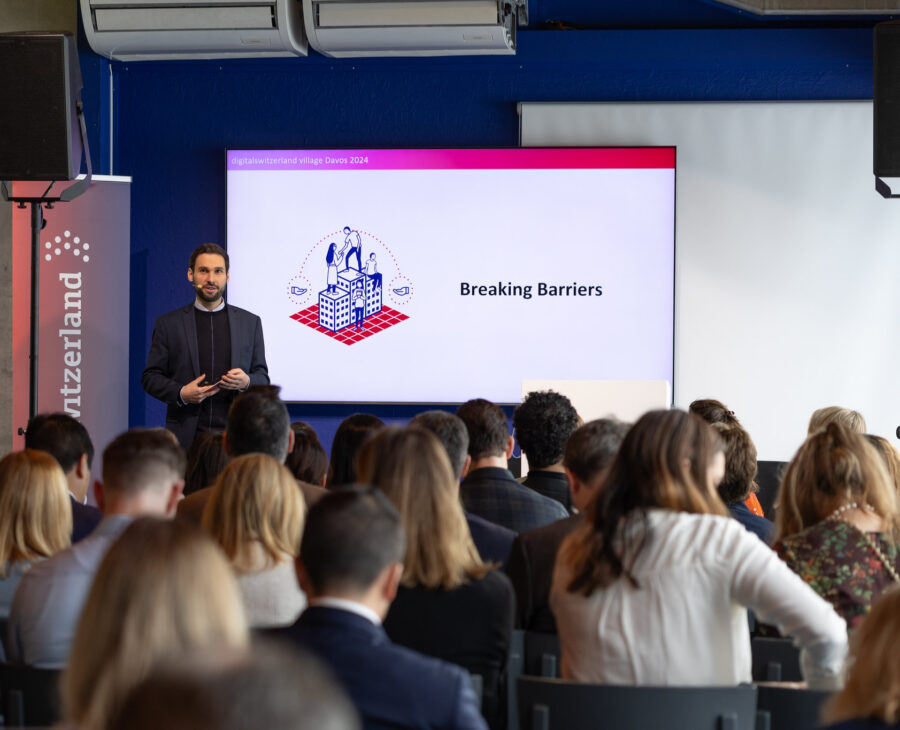Digitalisation appears to produce new buzzwords every other week. Many don’t live up to their promise and disappear just as fast. Computational thinking, on the other hand, is here to stay. We’ll take a deep dive in this topic in our upcoming blog mini-series. We will focus on answering questions like: What is computational thinking? How can you learn it? And why does it matter? To really provide insightful information, we recruited thought leaders and pioneers from the field to answer these questions. This way, we will give an expansive introduction to an important competency that will only gain relevance in the future.
Computational thinking analyzes complex problems and dissects them into smaller packages that can be understood and processed by computers. Mastering it involves critical thinking, creativity and coding, which makes computational thinking on the one hand, a tool, and on the other, a way of thinking. It enables the use of computing power to help solve all kinds of complex challenges. For a more detailed overview on what computational thinking is and how it works, you can look forward to a deep dive blog post by EPFL, one of the leaders in this field.
Increasing automation and digital transformation sometimes foster concern about computers, algorithms and robots, while they should be used as useful tools. The fear of robots replacing humans in the job market has been discussed for years: with computational thinking, the opportunity to create synergies is emphasized instead. How computational thinking plays a crucial role in the competitiveness of our economy will be illustrated in a blog written by experts at Swisscom – a company whose power to innovate is deeply connected with its employees’ ability to apply computational thinking.
Where should one start with computational thinking and how complicated is it? The good news is that first interactions with the concept do not need to be complicated. In fact, it can even be as playful as a toy where kids can experiment with easy-to-use robots.
Computational thinking can already be introduced in primary schools thanks to a robot called “Thymio” developed under the lead of Prof. Francesco Mondada from the EPFL.
The following video (available in German only) will give you a peak into how Thymio and computational thinking can be implemented in a classroom:
Dr. Alberto Piatti is director of SUPSI-DFA, the educational college in Ticino. In this capacity, he is also the head of the “Alp Project” in which five schools – including the primary school in Malvaglia that is shown in the video above– are supported by experts in introducing computational thinking in the classroom.
As part of the Alp Project, five schools based in five different alpine cantons receive hardware like Thymio, the teachers get hands on coaching by the regional educational colleges and Swisscom supports all participating schools with tech support, as well as funding to make this great initiative by Dr. Alberto Piatti a reality. More on the topic of how computational thinking can be implemented in schools and everyday classroom situations will be covered in a future blog-post by Dr. Alberto Piatti.
With computational thinking being a powerful and important educational approach in the future, digitalswitzerland founded the “Computational Thinking Initiative” (CTI) in partnership with the EPFL, SUPSI and Swisscom in October 2018 and launched the initiative at the second Swiss Digital Day. The goal of CTI is to join forces and enable teachers in Swiss schools to introduce computational thinking to their students.
The Alp Project is the first project of the CTI, which plans to onboard many more significant projects over the coming years to ensure that computational thinking reaches all kids throughout Switzerland. The goal is to give them competencies to make computers their Swiss army knives, enabling them to solve the challenges of the future.
Learn more about the CTI on our website or get in touch if you want to contribute, all inputs are welcome! Until then, stay tuned for insightful upcoming blog posts by the thought leaders involved in this great initiative.







